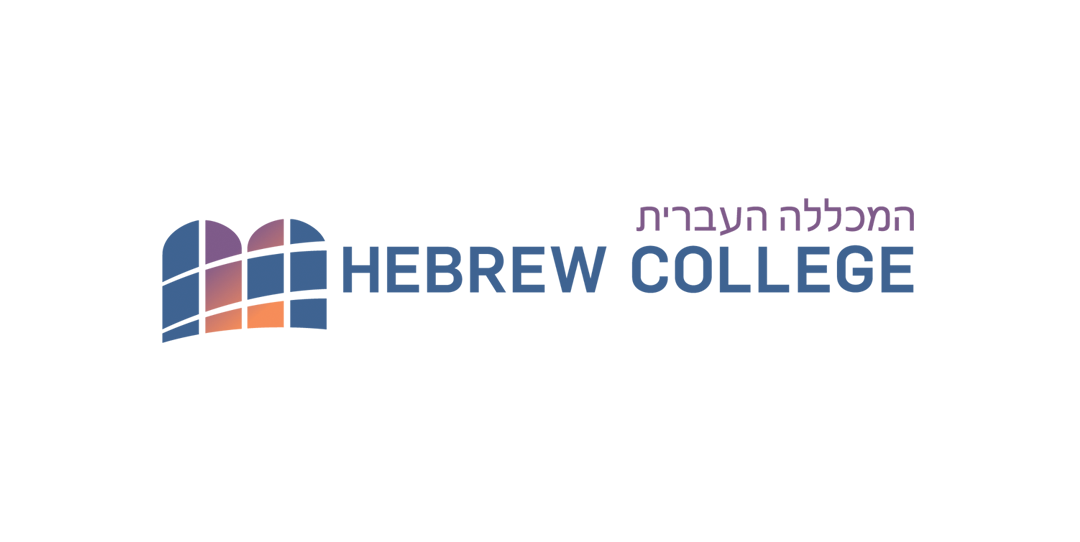Community Blog Speaking Torah: Amidst fragments of shattered hope, of love betrayed, of broken promises, we ask the question: What went wrong?


Tomorrow, on the 17th day of the Hebrew month of Tammuz – or Shiva Asar b’Tammuz — we enter the saddest period in our sacred calendar.
Many observe a fast from dawn to dusk, as we begin counting the three weeks toward Tisha b’Av, the day on which we commemorate the destruction of the first and second Temples in Jerusalem. Over time, this period has become associated with other tragedies in Jewish holidaysour people’s history; it is a season of accrued loss, of grief somehow both ancient and immediate.
Two events, above all, are associated with Shiva Asar b’Tammuz in our collective memory. The first is the breaching of the city walls — the beginning of the siege of Jerusalem that led to the destruction of both Temples and the exile from our sacred center. The second —reaching even farther back in our mythic memory — is the breaking of the first set of tablets, that terrible moment of disappointment and betrayal when Moses descended from Mount Sinai to discover that the people had built themselves a calf of gold.
The breaching of the city walls, the breaking of the sacred tablets. At the heart of this season is the image of shattered stone. We are not strangers to brokenness, though it can make us feel like strangers to ourselves. We know that what has been built can be torn down, that what is secure can be suddenly taken away, that what is sacred can be desecrated and destroyed.
Wherever we stand amidst fragments of shattered hope, of love betrayed, of broken promises, we ask the question: What went wrong? But this season also summons us to ask: What will we do now? How will we love again? What will we build together? What new, perhaps still unseen, possibilities are being born?
Shiva Asar b’Tammuz, after all, does not only lead us to Tisha b’Av. It is also linked in our sacred calendar to Yom Kippur — for according to rabbinic legend, it is on the Day of Atonement that Moses descended from Mount Sinai with the second set of tablets — the tablets of reconciliation and renewal. Teshuvah — the spiritual process of repentance and return during the season that lies ahead — does not require that we put back together the pieces of the original tablets. It summons us, even as we grieve, even as we recognize the preciousness and sanctity of what has been broken and lost, to carve a new set of tablets — to take the risk of trying again, of reaching out to each other again, of loving, again and again.
As we enter this season, looking toward Tish b’Av but also beyond it to Rosh Hashanah and Yom Kippur, I am delighted to let you know about the forthcoming Hebrew College High Holiday Companion, a collection of original essays, poetry, and visual artwork by faculty, students, and alumni, that will be available for use this fall. While the full booklet will be available for purchase in August (learn more here), we are sharing several pieces from it digitally over the coming weeks.
The first selection is a beautiful exploration of the spiritual significance of the shofar blasts by Rabbi Daniel Lehmann, president of Hebrew College. We hope that this and other selections will provide you with personal nourishment and materials for teaching and preaching as we move into the final months of the Jewish calendar, and look together toward the Days of Awe.
With blessings for the journey ahead,
Rabbi Sharon Cohen Anisfeld
Interested in a possible career in the rabbinate? Read Rabbi Dan Judson’s article “Jewish Lessons on Meaningful Work.“ Rabbi Judson teaches history, oversees the professional development program, and serves as the placement director for the Hebrew College Rabbinical School. He has a PhD in Jewish history from Brandeis University.


